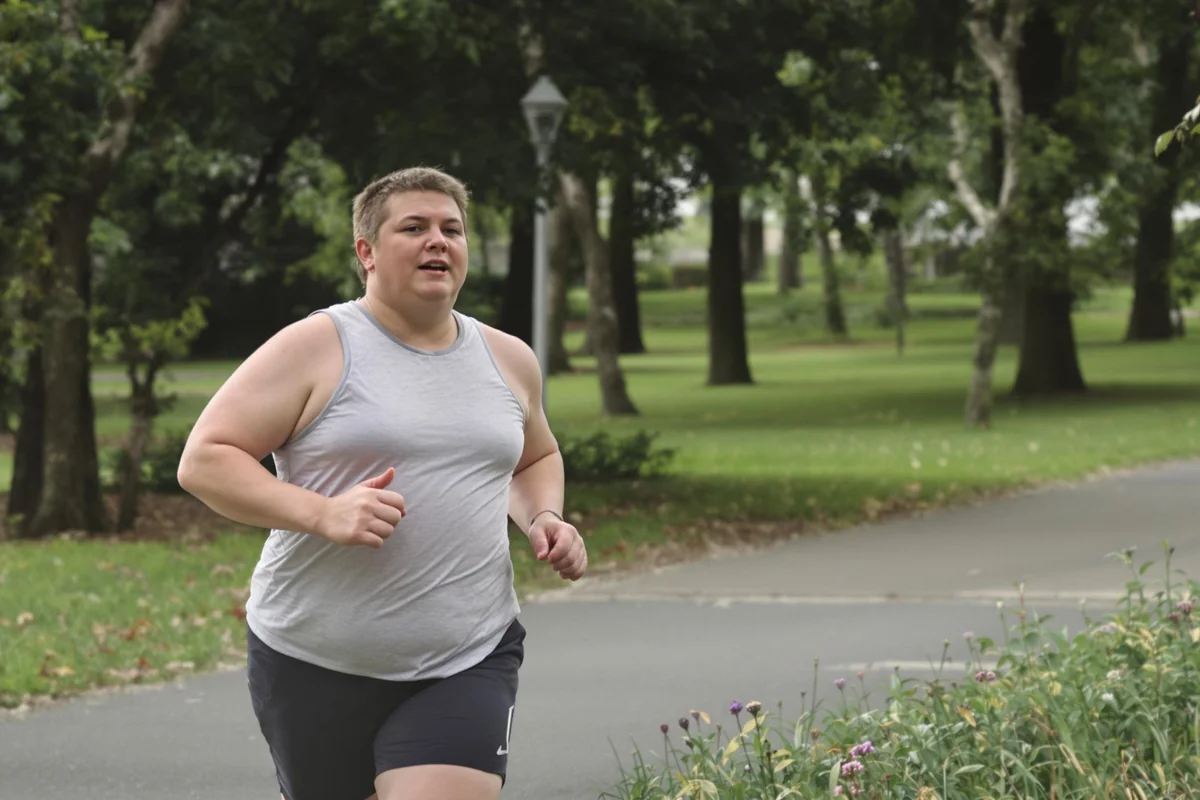Exercise and Hypertension: The Best Workouts for Blood Pressure Control
The BPMaestro Team
2025-03-20

Did you know regular physical activity can significantly lower your blood pressure and improve heart health? If you're managing hypertension, incorporating exercise into your daily routine can greatly enhance your quality of life. This comprehensive guide explores the most beneficial workouts for hypertension, providing clear advice on how exercise can effectively support your cardiovascular health. You'll discover detailed insights into various exercises, their benefits, safety precautions, structured workout plans, and motivational strategies.
Understanding Hypertension and Exercise
Hypertension, or high blood pressure, is a chronic condition characterized by consistently elevated arterial pressure. Over time, this strain can damage your heart and blood vessels, increasing the risk of serious health complications such as heart disease, stroke, and kidney failure. Fortunately, exercise plays a critical role in managing hypertension by enhancing heart efficiency, improving circulation, and reducing stress.
Regular physical activity contributes to lower blood pressure by:
- Reducing both systolic and diastolic blood pressure
- Improving cardiac output and vascular health
- Decreasing stress-related hormones
- Supporting healthy weight management
- Boosting mental health and overall wellness

Best Types of Exercise for Lowering Blood Pressure
1. Aerobic Exercises
Aerobic exercises, also known as cardio, are particularly beneficial for reducing high blood pressure. These exercises increase your heart rate and breathing, enhancing cardiovascular fitness and significantly improving circulation.
Examples of effective aerobic exercises include brisk walking, jogging, cycling, swimming, dancing, and rowing. These activities promote cardiovascular endurance, enhance lung capacity, and burn calories efficiently.
To effectively manage hypertension, aim for at least 150 minutes per week of moderate-intensity aerobic exercise, ideally split into 30-minute sessions over five days.
2. Strength Training
Resistance or strength training is beneficial in managing hypertension by building muscle mass and boosting metabolism. However, it's crucial to approach strength training safely, especially with high blood pressure.
Begin with lighter weights, gradually increasing intensity to avoid sudden blood pressure spikes. Incorporate full-body exercises such as push-ups, squats, lunges, dumbbell routines, resistance bands, or weight machines.
Aim for two to three strength-training sessions per week, ensuring adequate rest days to allow muscle recovery and prevent overtraining.
3. Flexibility and Balance Exercises
Flexibility and balance-focused exercises, such as yoga, Tai Chi, Pilates, and regular stretching routines, play a key role in hypertension management by reducing stress and promoting relaxation. These exercises not only help manage stress but also improve posture, reduce muscle tension, and lower the risk of injury.
Incorporate flexibility training into your routine two to three times weekly, dedicating at least 20 to 30 minutes per session.
4. Interval Training (HIIT)
High-Intensity Interval Training (HIIT) combines short bursts of high-intensity exercise with periods of lower-intensity recovery, providing cardiovascular benefits in shorter timeframes. HIIT significantly enhances heart efficiency, improves insulin sensitivity, and boosts calorie burning.
Include activities such as short sprints, circuit training, or cycling intervals. Due to the intense nature of HIIT, limit your sessions to once or twice a week and combine them with other exercises for balanced fitness.
Safety Tips for Exercising with Hypertension
Safety is essential when exercising with hypertension. Always consult your healthcare provider before starting a new exercise regimen, and consider the following guidelines:
- Begin with low intensity and gradually increase as your fitness improves.
- Monitor your blood pressure regularly to track changes.
- Stay hydrated and avoid exercising in extremely hot or cold environments.
- Listen to your body and adjust activities as needed.
Creating a Comprehensive Exercise Routine for Heart Health
A structured weekly exercise plan is essential for managing hypertension effectively. Consider the following schedule as a guideline:
- Monday: Engage in 30 minutes of moderate-intensity aerobic exercise such as brisk walking or cycling.
- Tuesday: Perform strength training exercises for 30 minutes.
- Wednesday: Focus on flexibility and balance exercises like yoga or stretching routines for 30 minutes.
- Thursday: Incorporate another aerobic activity, such as swimming or aerobic dancing, for 30 minutes.
- Friday: Dedicate another session to strength training (30 minutes).
- Saturday: Include a 20-minute HIIT session to enhance cardiovascular efficiency.
- Sunday: Rest or engage in active recovery, such as gentle walking or yoga.
Staying Motivated and Consistent
Consistency and motivation significantly influence your success in managing hypertension through exercise. Setting realistic goals can keep you motivated and committed. Choose activities that you genuinely enjoy, vary your workouts regularly to maintain interest, and track your progress through fitness apps or journals.
Working out with a partner or in group classes can boost accountability and enjoyment. Celebrate your milestones to maintain motivation and continuously reinforce positive behaviors.
External Resources for Further Reading
For additional detailed information and guidelines, explore the following reputable resources:
- American Heart Association's Fitness Recommendations
- CDC Guidelines on Hypertension Management
- National Institutes of Health – Exercise and Hypertension
- World Health Organization Physical Activity Recommendations
Conclusion and Call to Action
Regular, structured exercise is a powerful strategy for controlling hypertension and significantly enhancing cardiovascular health. By following a comprehensive and balanced exercise routine, you can naturally lower your blood pressure, reduce your risk of serious health issues, and enjoy improved overall wellness.
Ready to start improving your heart health through exercise? Share your experiences in the comments below, subscribe to our newsletter for more health insights, and share this helpful guide with friends and family who might benefit from it!
This blog was created by the BPMaestro Team under the supervision of Santiago Miriuka, MD PhD.
